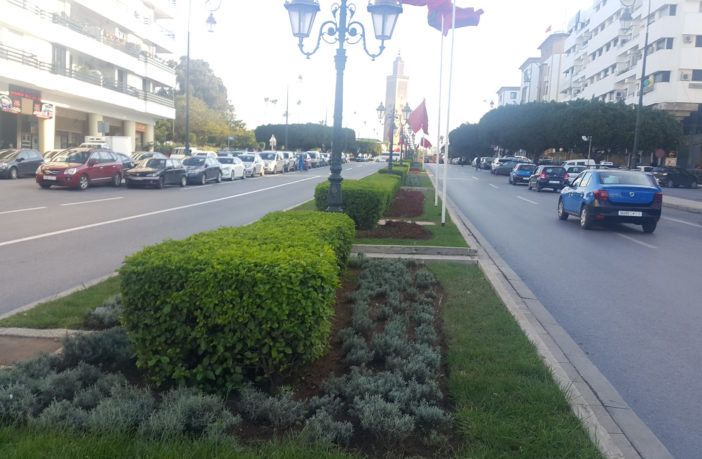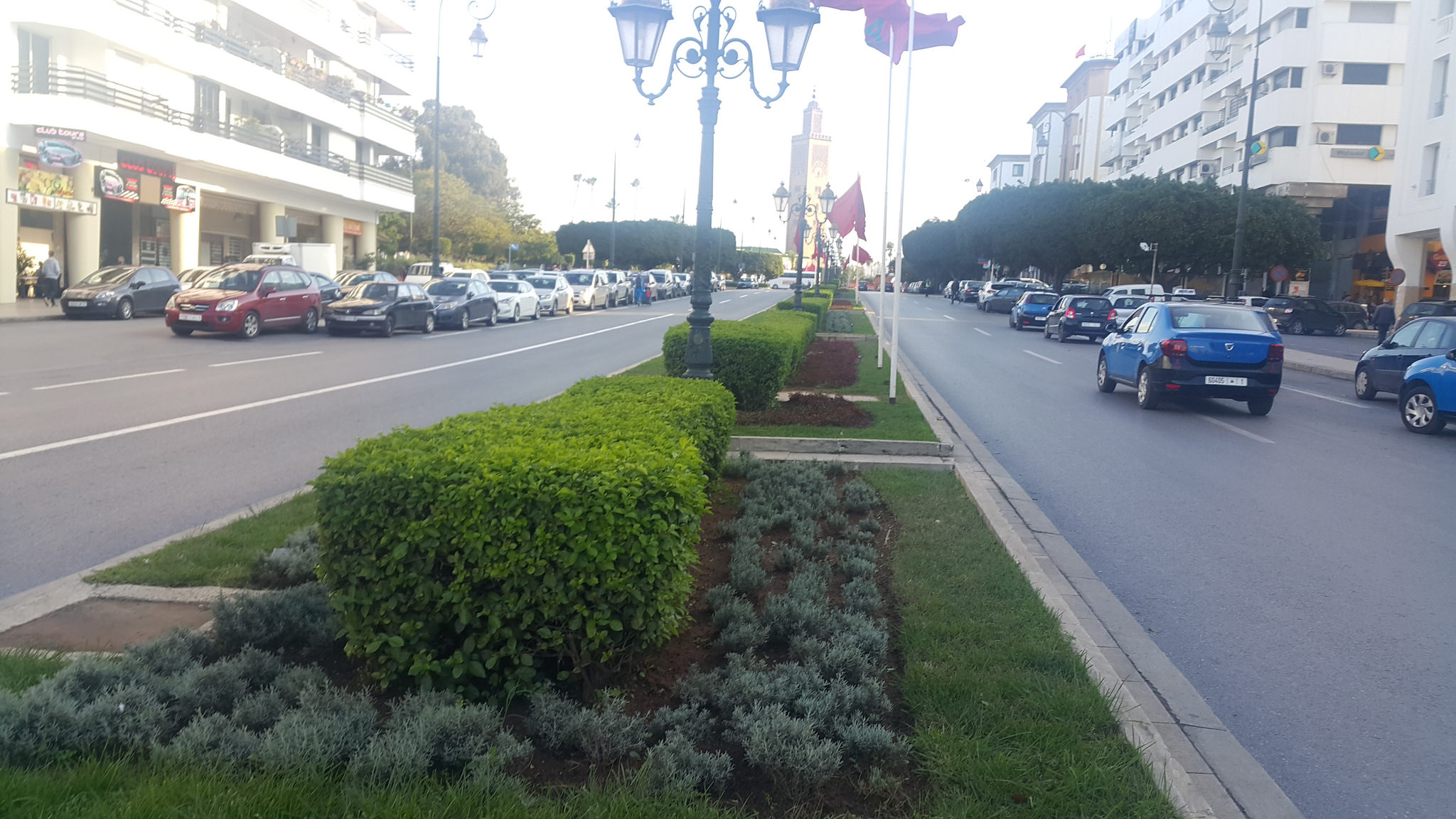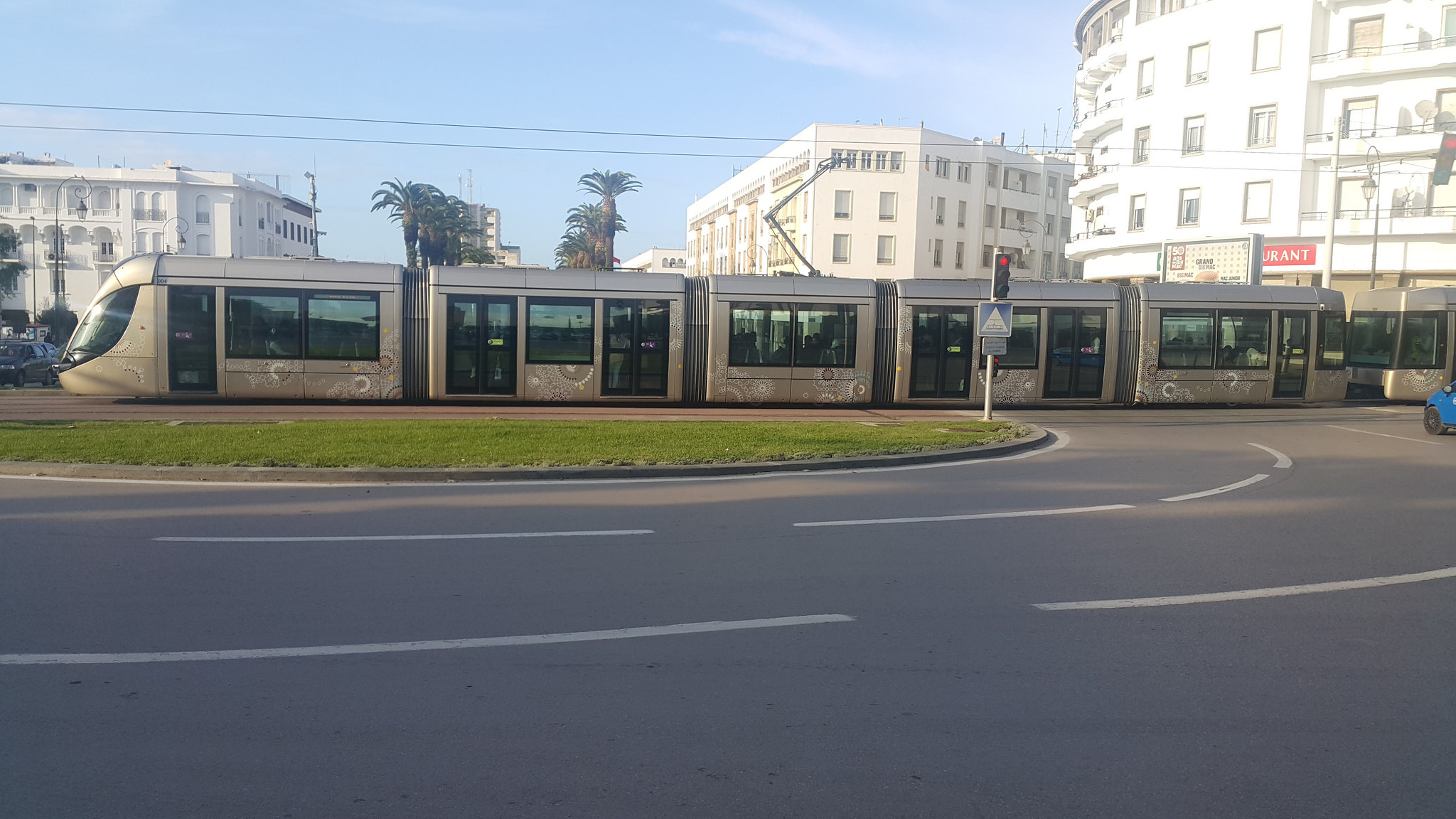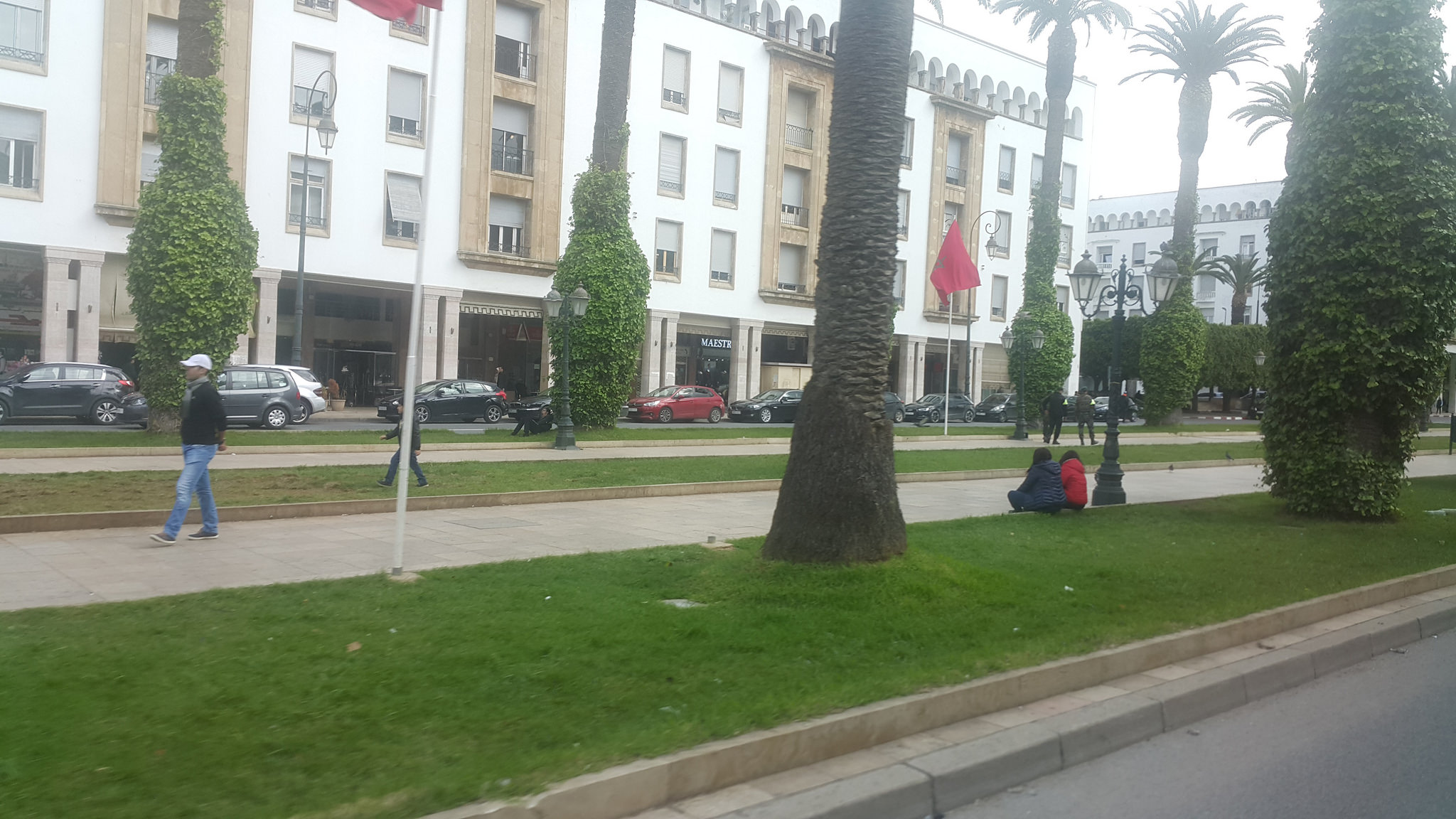Standard Media Kenya
It is high time Governor Mike Sonko and his team struggling to make Nairobi more hospitable and welcoming made a bench marking trip to Rabat, the centuries old capital of Morocco on the northern shores of the Atlantic Ocean that fascinates with its sheer beauty and elegance.
I bet they would be staggered by the city’s sheer cleanliness, refulgent lighting system and efficient traffic flow. Hawkers, street urchins, idle crowds and junks equivalent of matatu that are a constant eye sore in Nairobi are non-existent in Rabat.
They would see the folly of grabbing open spaces that has been the vogue in Nairobi since independence five decades ago, with a devastating toll on beauty and order. For Nairobi has literally been plundered by those charged with taking care of the once upon a time “city in the sun for posterity, sparing not even public toilets. The few available ones are today in private hands and calls of nature cost money.
Public utilities inclusive of toilets are ubiquitously within reach of residents and visitors alike in Rabat, a city of 2 million inhabitants.
SEE ALSO : Morroco launches IPO to raise $42.1 million on bourse
Locals will tell you Rabat is the result of a fruitful dialogue between the Arab-Muslim past and Western modernity. It contains the modernist values of urbanism and architecture like those of the Maghreb and Arab world, while preserving the ancient city and its many historical and patrimonial components.
While Nairobi’s greenness belongs to the past, Rabat is luscious with innumerous parks, large umbrella topped trees that resemble utopian overgrown green mushrooms and verdant, litter free lawns that make our own unkempt Uhuru Park look like a big joke.
Courtesy of Rabat’s generous open spaces, wide boulevards, smart lawns and well-kept monuments, the city has been dubbed the Washington DC of North Africa. Absent are neglected shameful structures such as the desolate Tom Mboya statue in Nairobi’s Moi Avenue that is the perfect reflection of our clumsiness. The roads are smooth and public transport is enhanced by sleek trams that crawl majestically on designated routes. Pot holes and broken road shoulders are virtually unknown in Rabat.
While Nairobi’s skyline hugs the clouds. Rabat’s skies are unperturbed for now with Maroc Telecom Headquarters, the tallest building completed in 2012 standing 91 metres (299 feet) and boasting 20 floors. Nairobi’s Britam Towers completed in 2017 at Upper Hill is 200 metres (656 feet) tall and carries 31 floors with UAP Old Mutual Tower at 163 metres (535 feet) and33 floors.
But Rabat is set to host one of Africa’s tallest buildings in the 250 metre tall (820 ft) Bank of Africa Tower currently under construction.
SEE ALSO : Wreckage of submarine found year after disappearance
Among the land marks that beckon on visitors in Rabat, the capital of Morocco since 1912 are fascinating historic sites, such as the picturesque Kasbah of the Udayas, built in the mid-12th century, the unique Hassan Tower, begun at the end of the 12th century and the 20th-century Mausoleum of Mohammed V.
Rabat’s seaside location, at the mouth of the River Bou Regreg, is a delight to behold– with un-spoilt public beaches and a fairy-tale 12th-century structure christened Kasbah perched over the water.










